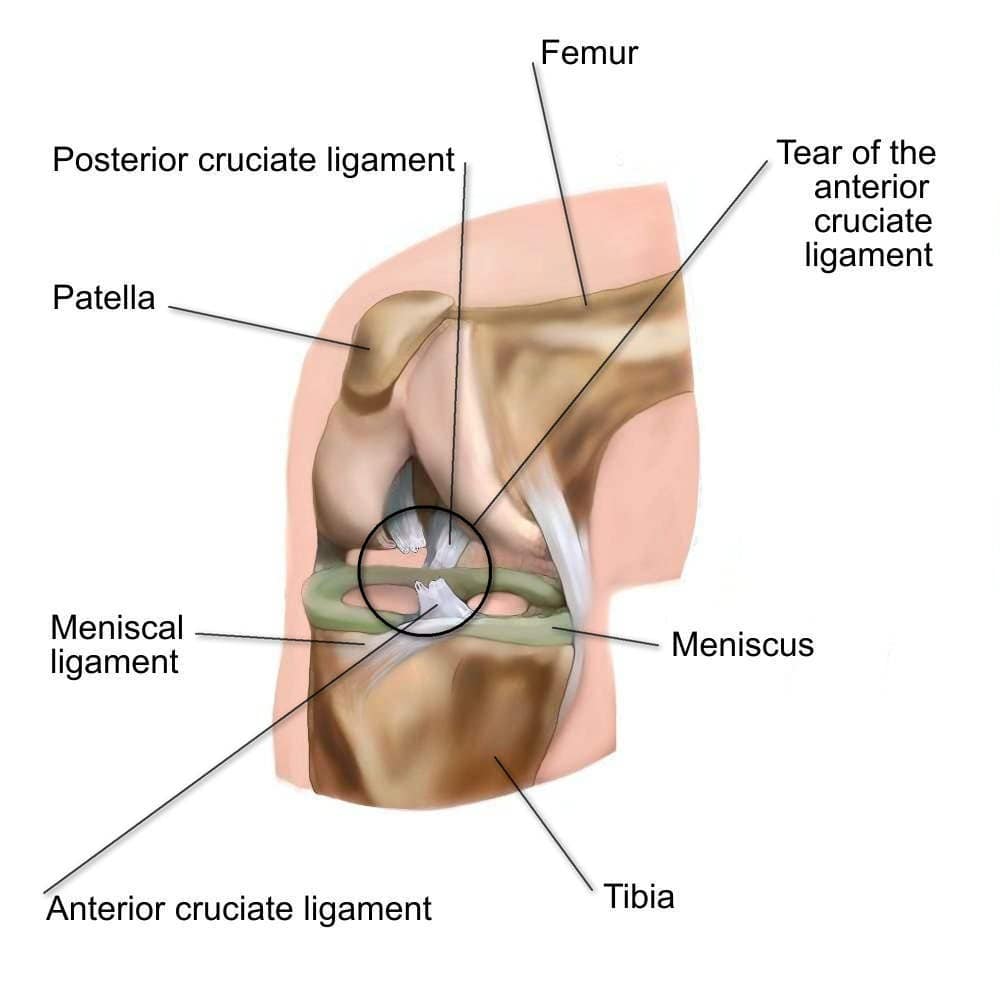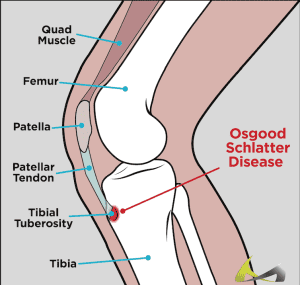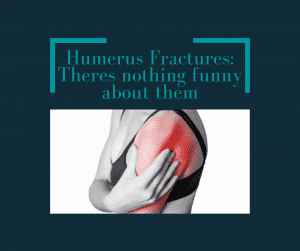What is an ACL tear and how does it occur?
The ACL, or anterior cruciate ligament, is a strong piece of connective tissue, which attaches the thigh bone (femur) to your leg bone (tibia). The ACL provides stability to the knee joint as it prevents the tibia from sliding forward relative to the femur.
ACL tears are a common sporting injury; however, can also occur from everyday activities. The most typical mechanisms of injury are landing awkwardly from a jump, twisting the knee, or suddenly stopping while running. The ACL may also be injured during knee hyperextension, or when hit from the outside. Often, other tissues surrounding the knee are also damaged, including the medial collateral ligament, meniscus, joint cartilage, and bone surfaces. The ligament can be stretched, partially damaged or completely torn.
What are the signs and symptoms?
Many people report hearing a “pop” in the knee along with immediate pain and swelling. Decreased range of movement of the knee is common, and the injured knee is typically unable to take full weight when standing or walking. The knee may also feel unstable, with a sensation of “giving way”. Poor balance and coordination may also be experienced. Smaller tears of the ligament may have only mild symptoms, however, more severe tears will have more significant pain, swelling and instability.
Is surgery necessary?
Traditionally, surgery was thought to be necessary for all full-thickness ACL tears. A series of recent studies have shown, however, that outcomes are often the same for people who chose surgery and those who don’t, both in terms of recovery and future risk of osteoarthritis. Individual circumstances will impact this decision; elite athletes and patients with additional meniscal tears often do best with surgery. Generally speaking, however, with time and full rehabilitation, many people can return to their previous levels of activity without surgery. Our team of Physio’s are experts in identifying who his suitable for non-operative rehabilitation and who is likely to require reconstruction. Our team is also industry leaders in rehabilitation ACL tears either conservatively or post-operatively.
How can physiotherapy help?
For both surgical and non-surgical recovery from ACL tears, physiotherapy rehabilitation is essential for a full recovery. Your physiotherapist will assist you with improving your knee’s range of movement, lower limb strength, balance, stability, coordination and neuromuscular control. You will re-learn the tasks of walking, using stairs, and negotiating obstacles with retraining of your balance and control as well as more dynamic tasks such as running, jumping and changing direction.
Throughout your rehabilitation program, you will progress through a variety of strength and mobility exercises targeted towards your individual needs, with goals of returning to your favourite sport or hobby as soon and as safely as possible. Enhance Physiotherapy has the most extensive rehabilitation gym in the region.





